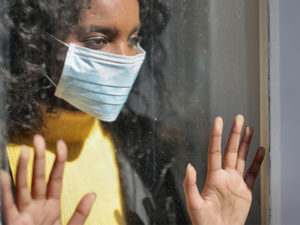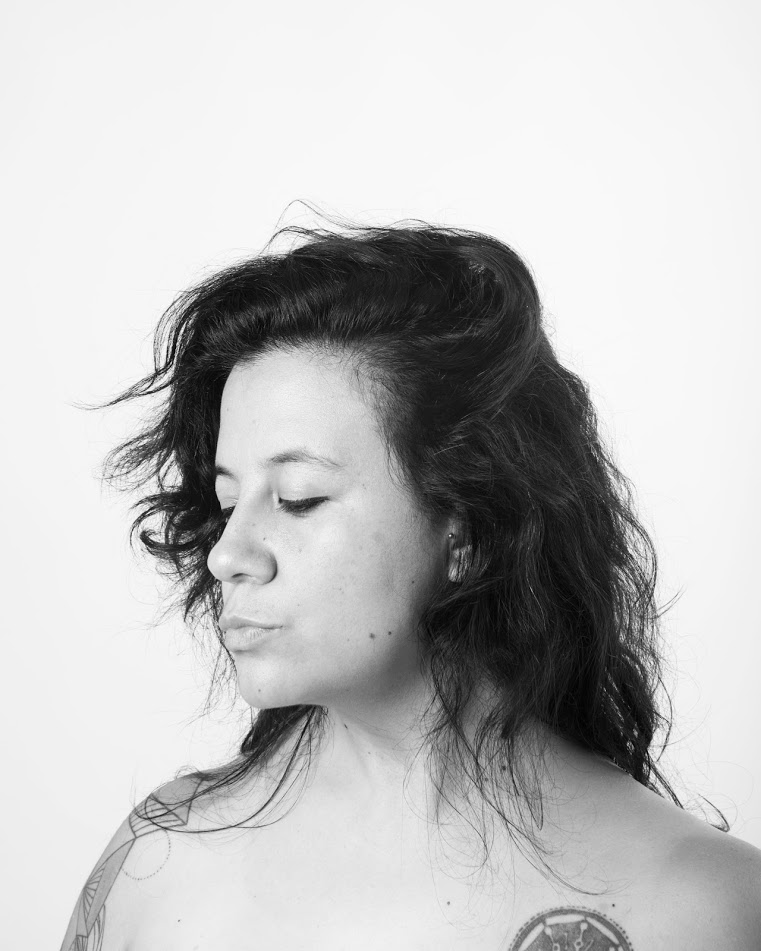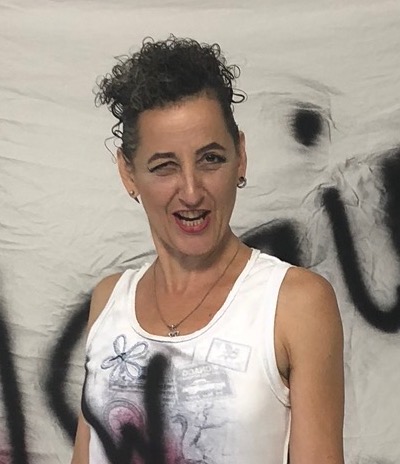The Covid-19 crisis has impacted women around the world both on the front line and at home, exposing an ever so clear structural inequality across the globe. Besides the more obvious worry of the physical health risks, the pandemic has created deep personal, financial and emotional issues in many lives and families such as: job losses, cancelled social and personal development opportunities and increased caring responsibilities at home.
Women, who have statistically always carried three times as much unpaid care and domestic work than men, have now found themselves having to face these new challenges whilst juggling day-to-day life in exceptional circumstances, isolated from loved ones and tangible forms of support from schools, nurseries, friends and extended family. While there have already been numerous studies and discussions about the repercussions of the pandemic on our mental health, many experts consider that the peak has yet to be experienced.
As statistics have shown women are more likely than men to work in healthcare, to carry out unpaid work and to take on domestic chores and caring responsibilities, especially during a lockdown that has exposed them to higher risk of domestic violence. In a nutshell, women are more likely to be invisible and fall in the many cracks of the welfare and justice systems, which has been exacerbated by the current crisis with terrible consequences on their mental health.
- the proportion of women reporting that they are experiencing at least one severe underlying mental health problem has increased from 11% to 27% (compared to a rise from 7% to 18% in men).
- more than a third of women (34%) said they now sometimes felt lonely, and 11% said they often felt lonely (while in the case of men: 23% were sometimes lonely and 6% often lonely).
- women under the age of 30 reported the greatest impacts of the crisis on their mental health.
Source: Lisa Spantig and Ben Etheridge from University of Essex (The Guardian)


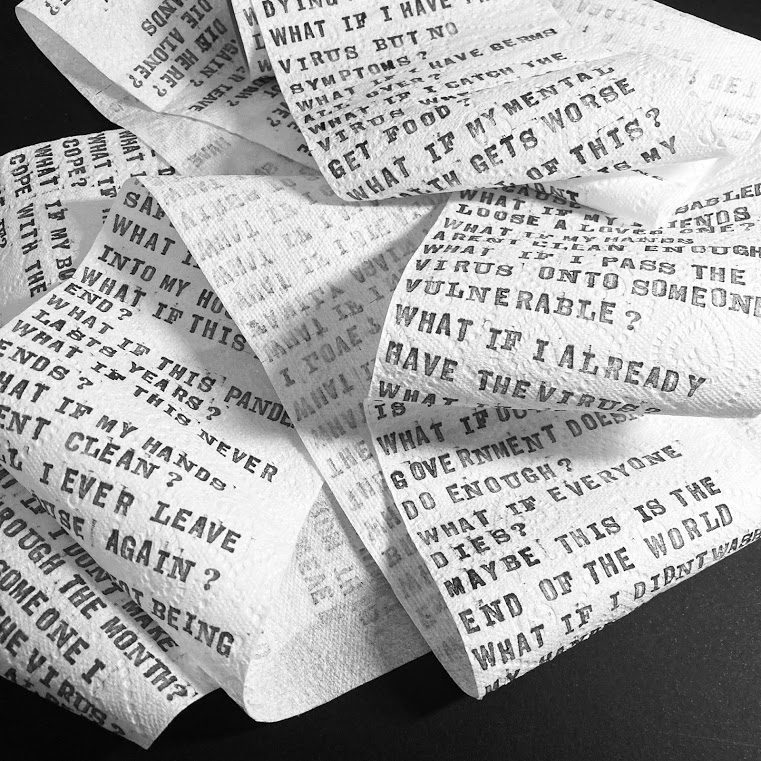
Wiped Out
This piece explores Greenway’s anxiety in relation to the current pandemic situation. Having contamination based OCD, the artist spends a large portion of her time engaged in cleaning rituals that are time consuming, frustrating and tedious. For a total of over 24 hours, she printed her intrusive thoughts regarding the pandemic, letter by letter onto the toilet paper, a task that was long, laborious and tiresome, a process reflecting the nature of her anxiety filled thoughts and compulsions.
The toilet paper was used as a tongue in cheek acknowledgement of the panic buying that dominated headlines at the beginning of the crisis, whilst simultaneously providing a comment on the ways in which cleanliness focused Obsessive-Compulsive disorder can lead to excessive use of household items such as soap, toilet roll and cleaning products. Short supplies at the start of the pandemic caused even more distress for the artist as she struggled to find items to help with her day-to-day compulsion filled life. Mixed with the obvious financial implications of the pandemic, this posed yet another problem for someone whose worst mental health nightmare was already coming true.
Today is Hard
“When all of this started, I wasn’t too worried about Covid-19, but as time went by I couldn’t escape the headlines about death. So when I got my test results and found out I had tested positive I felt instant dread. A week prior I had just gotten out of the hospital following a severe mental breakdown. In truth, I have been struggling with depression and anxiety since my late teens but I have never expressed this publicly. Due to my recent discharge from hospital, Covid-19 was not welcoming in its timing.
I had contracted the virus following a visit to my best friend and her partner. After that visit, I spent three days back at my family home, living in close quarters with my parents. When I got the call that my friend and her partner had developed symptoms and subsequently tested positive, I frantically left my parents house and self quarantined in my apartment. The fear that I had inadvertently put my parents in risk crumbled my mental stability at a time when my own symptoms began appearing.
It was only a matter of time before my anxiety began to re-emerge. I began to experience it’s familiar symptoms of pressure and pain in my chest, shortness of breath, headaches, trembling, and my airways restricting regular breathing. The thoughts that started racing through my head only compounded my isolated confusion. Was this Coronavirus or anxiety? With symptoms of both characteristically similar, how was I supposed to differentiate them? What if I needed to visit the hospital? Would there even be any ICU’s available? I would focus on my breathing and tell myself it was just anxiety. I began to monitor my oxygen levels and heart rate, although the numbers would provide little peace of mind.
The interchangeable symptoms went back and forth for seven days and my internal monologue followed each step. I kept my psychiatrist and physician on speed dial. I was still taking my psych prescription from the hospital supplemented by drugs to tackle my coronavirus symptoms. Between the various medications, the sickness, loneliness, the obsessive thoughts and the fears of getting my parents sick, my mental state spiraled toward insanity.
I have always used photography as a form of cathartic expression. During that time I forced myself to take pictures creating a visual journal of my experience, filled with these images and stream of consciousness writings. I wondered whether anybody was having a similar experience at the same time. There needs to be a greater discourse surrounding how the pandemic is affecting, and compounding the symptoms of, people’s mental stability and how contracting coronavirus when you struggle with mental health can be additionally damaging.”
edit_post capability, you must always check it against a specific post. Please see Debugging in WordPress for more information. (This message was added in version 6.1.0.) in /customers/8/1/4/whoisyourshero.com/httpd.www/wp-includes/functions.php on line 6114
Warning: Attempt to read property "ID" on null in /customers/8/1/4/whoisyourshero.com/httpd.www/wp-content/plugins/elementor/includes/utils.php on line 939
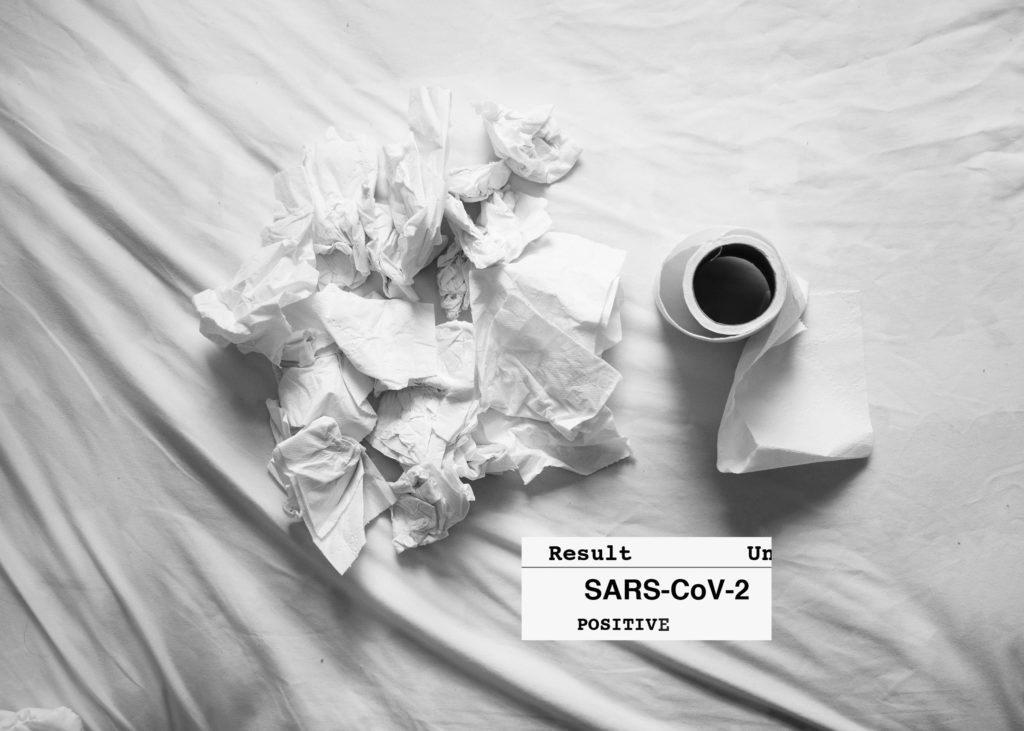


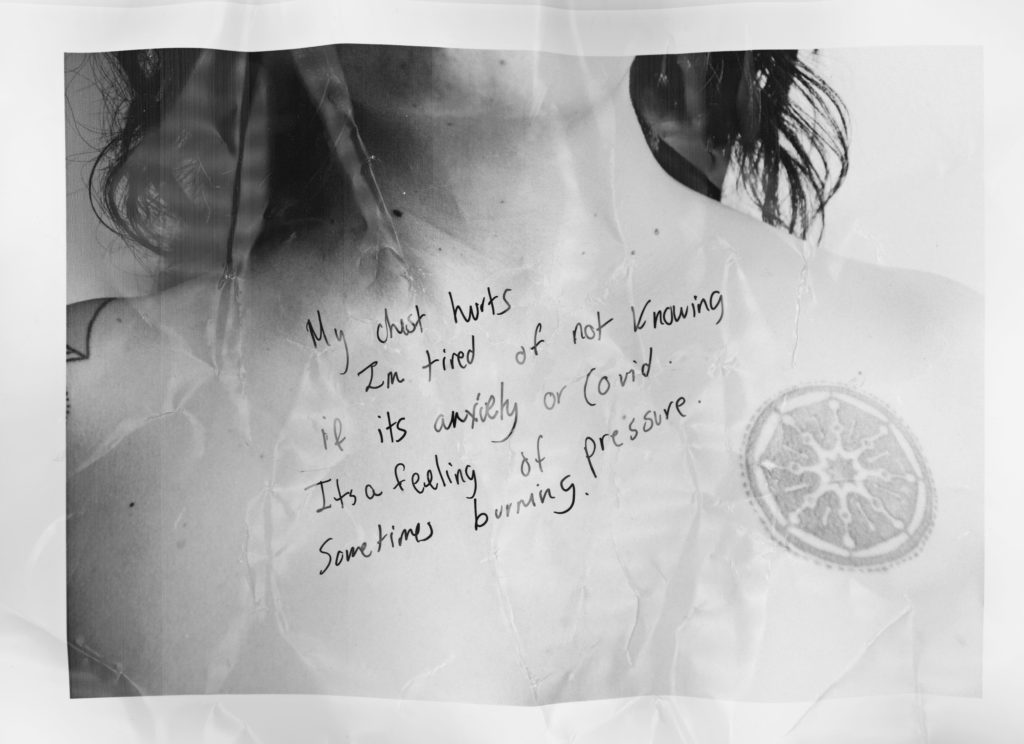




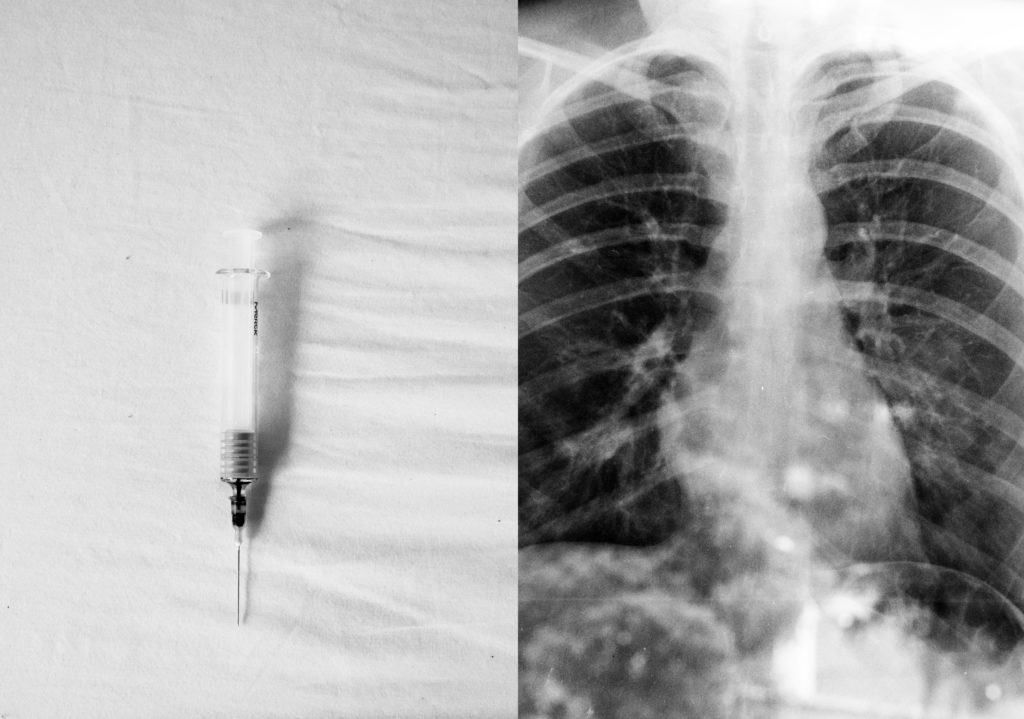





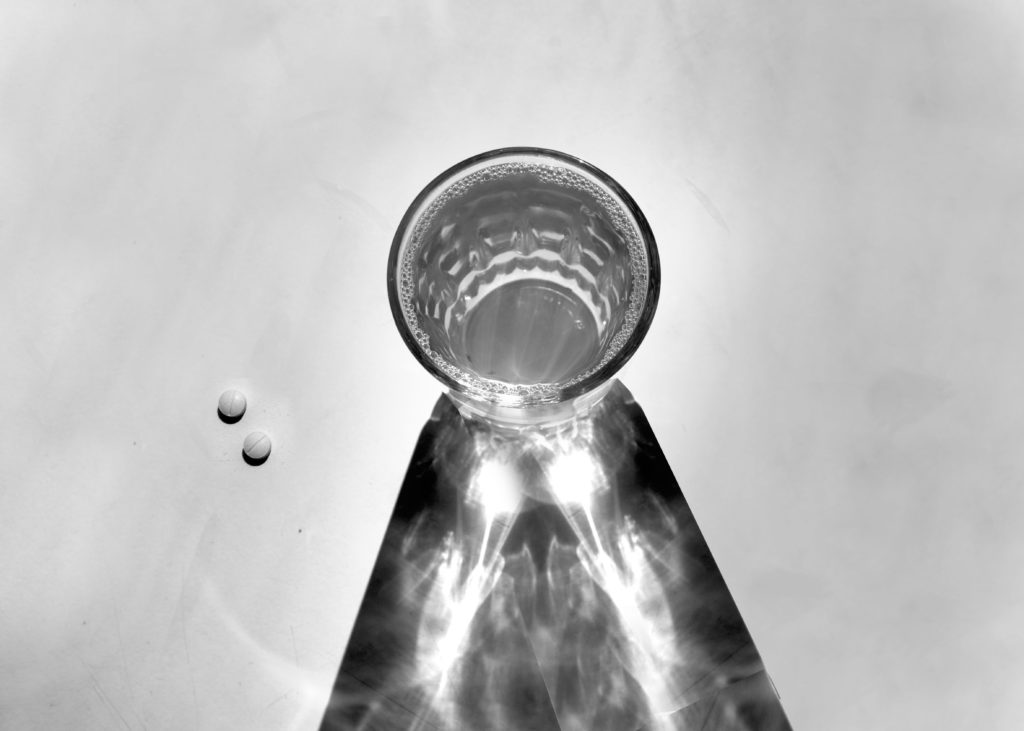


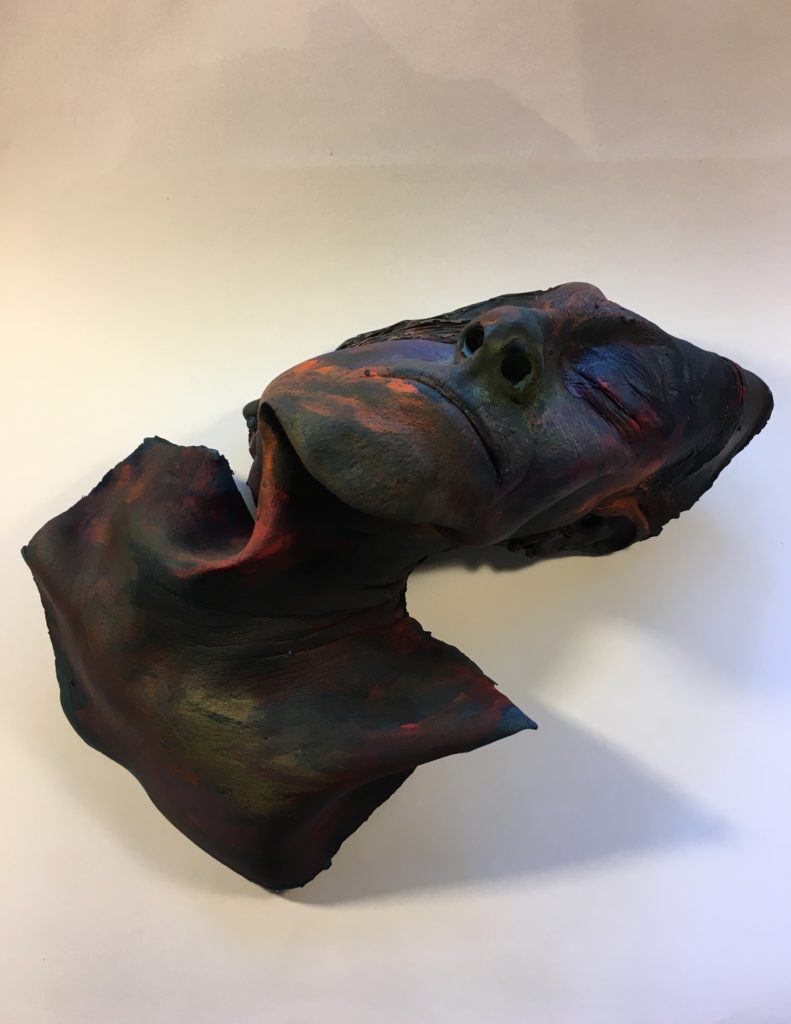



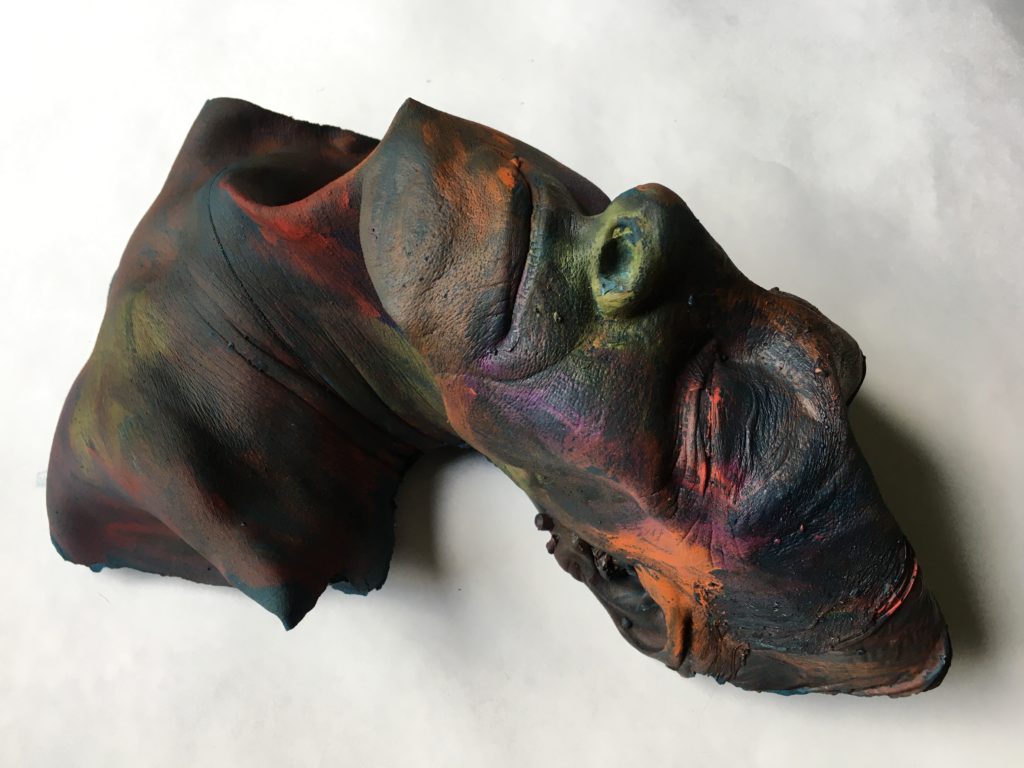

Head F**cked
“This sculptural piece, originally conceived before COVID, was to be called ‘meno-head’, derived from my expression for having a ‘messy head’ – unwanted thoughts, panic, unable to think clearly, to see, to make decisions. Now, with the additional challenges of the COVID world, my head is f**ked. Never more so has it been crucial for society to understand the mental health implications of menopause.
Depression and anxiety are common symptoms of menopause. The mental turmoil is exacerbated by other symptoms including lack of sleep, hot flushes and the inability to function as the self you once knew. Antidepressants are regularly prescribed, but many say they do not help, actually increasing distress. The initial lockdown offered some women a period of respite. For others it was the opposite, no space to be alone. Emerging into the ‘new normal’ is extremely stressful for the majority of us. Trying to operate in an environment where behaviours and opinions are so chaotic and varied pushes the capacity to cope to the limit.”
Come to the Edge
“I sometimes wonder where I am. The world I live in seemed normal and peaceful on the surface, but I was always anxious.
The theme of my recent works is my story of struggling in a ruined and increasingly hopeless world. It shows a situation in which people are holding out to survive.
Within the framework of destruction and loss, I often feel stifled, like I’m standing in a battlefield. My life goes on in a complicated, intertwined or disorganised fashion.
I try to unravel my inner anxiety by exposing daily fragments through my work. As a stranger, I try to show a drifting point that is marginalised and hard to settle.
The image I show is my isolated little world. I want to comfort the audience, hoping they can relate to me while looking at my world.”



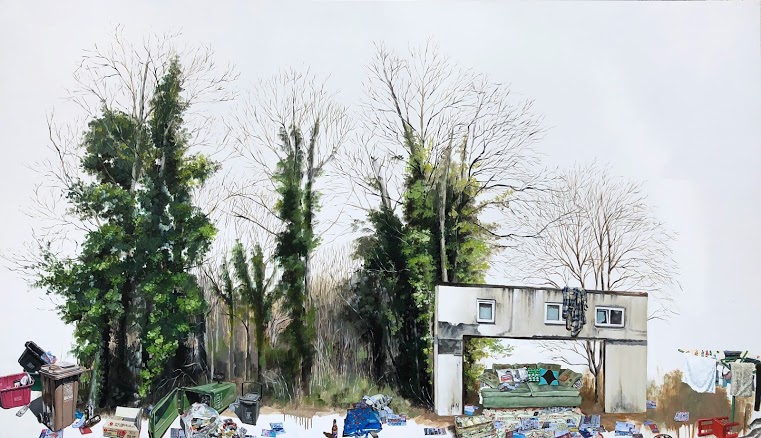
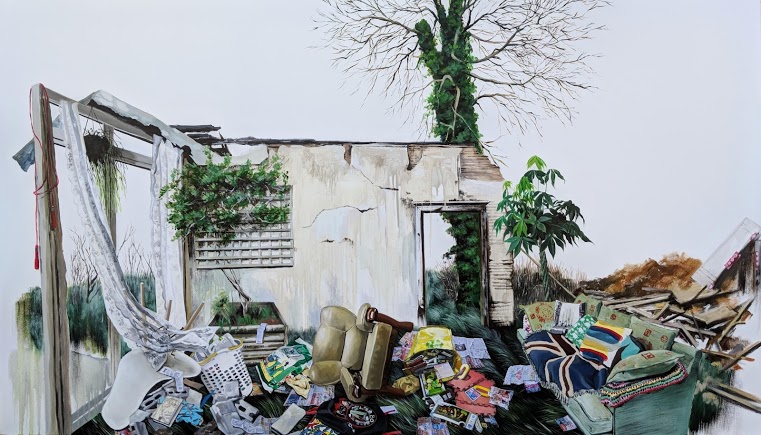

In the Dark
“This painting represents what it means to be faceless and invisible in the midst of a pandemic. Not only a viral pandemic but a mental health pandemic, where women are not being heard; whether they are struggling to look after themselves or their family, are being silenced through oppression or simply having a bad day. Feelings of anxiety, worry and invisibility are becoming the norm rather than the exception.
Feeling faceless and forgotten can make you feel insignificant and blurry around the edges. Coming into focus means being able to find your voice again. To speak kindly to yourself. To fully understand your experience. To be present, aware and strong. To find the tools you need to fight. Using art to help others find their voice is something I believe in. Helping women find strength, support and power, is one of the first steps towards empowering them to tackle their own challenges and thereby emerge from the darkness.”
Related content
Explore other themes
Get in touch
Powered by
Sheroes is a Lon-art project. Copyright © Lon-art.org 2019. All rights reserved.
About Us
Sheroes is a collaborative project that highlights hidden herstories through the arts.
If you want to support the sheroes cause, please donate. All the money raised will go to running more Sheroes events.
Powered by

Sheroes is a Lon-art project. Copyright © Lon-art.org 2019. All rights reserved.
